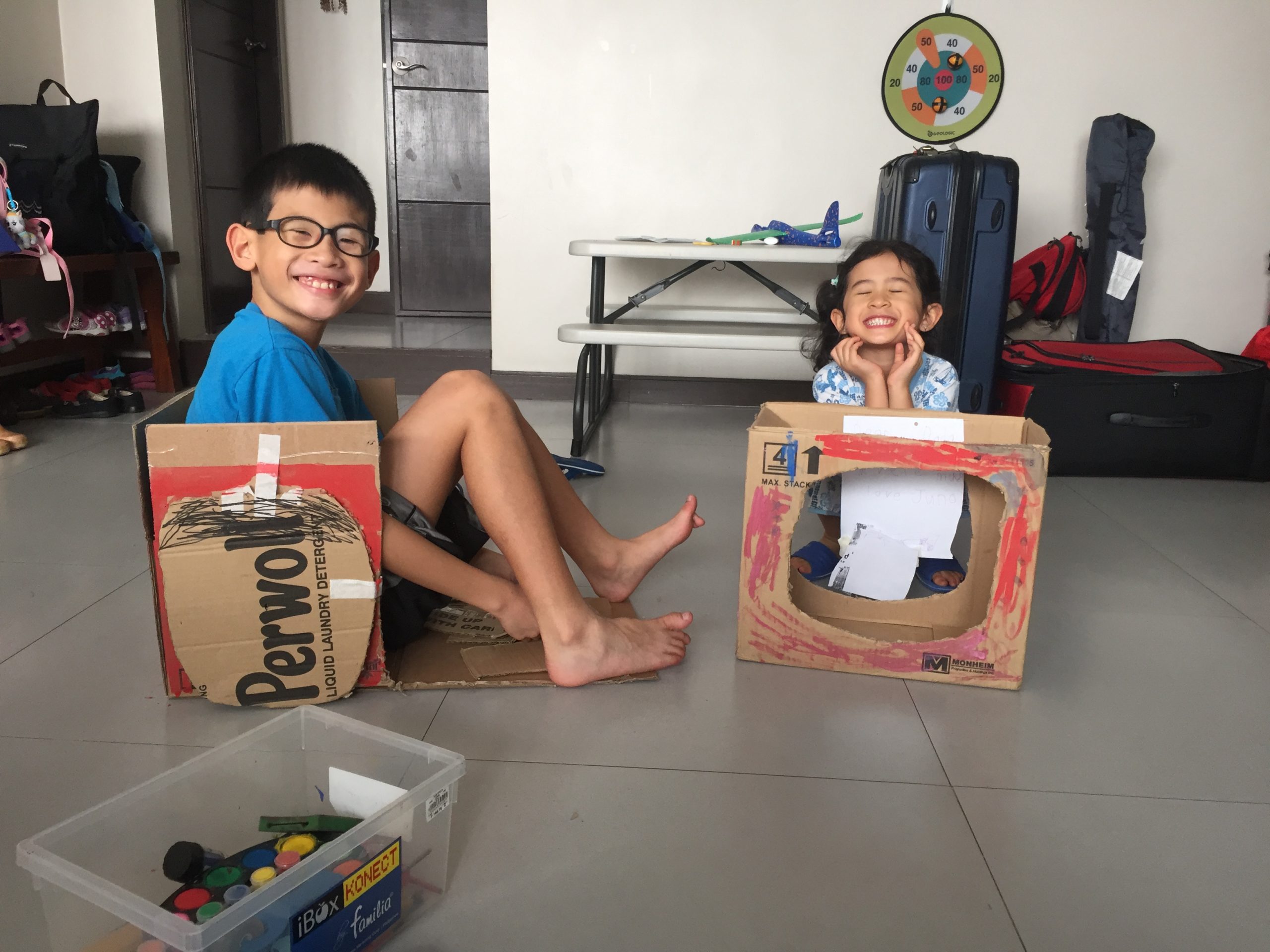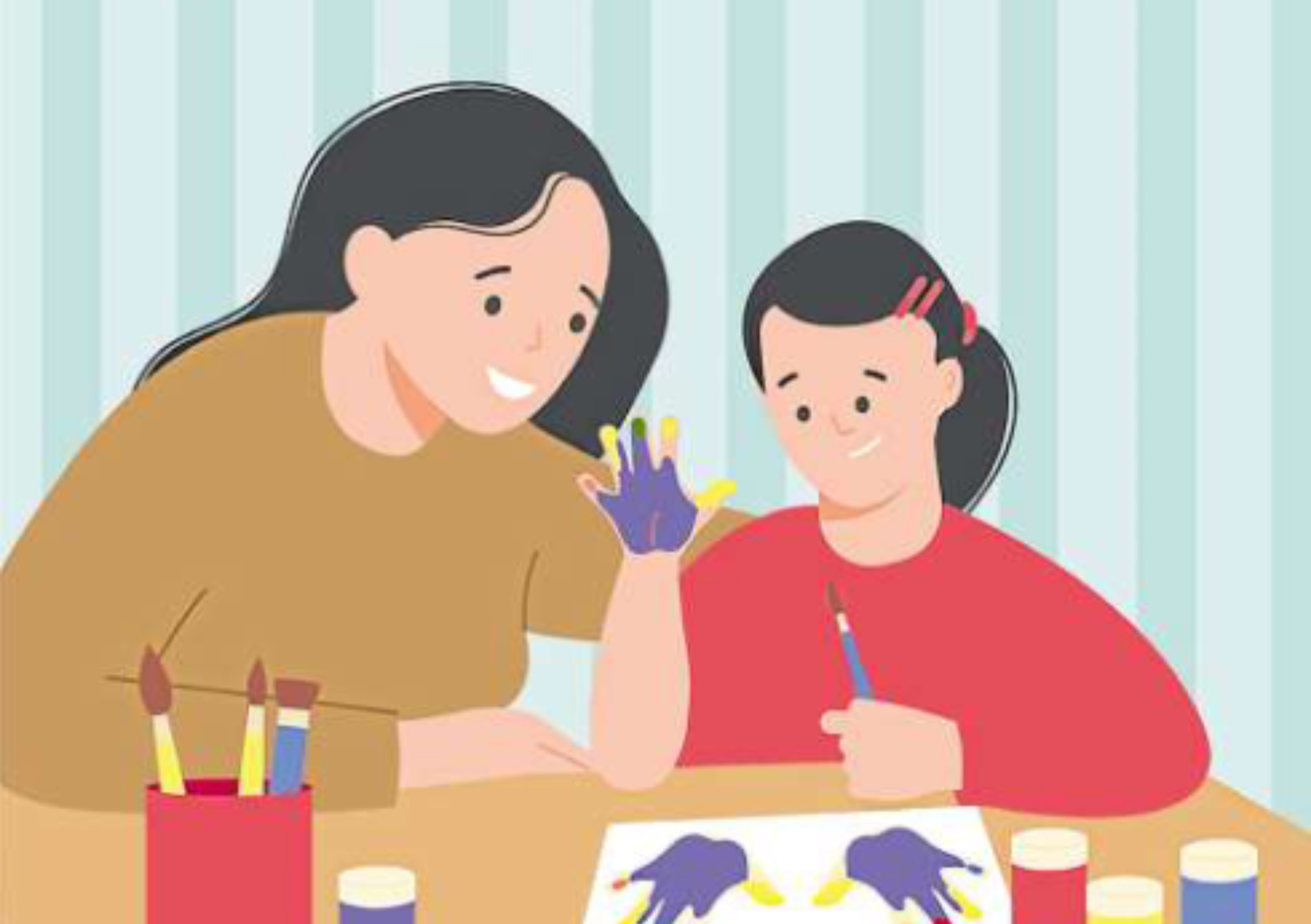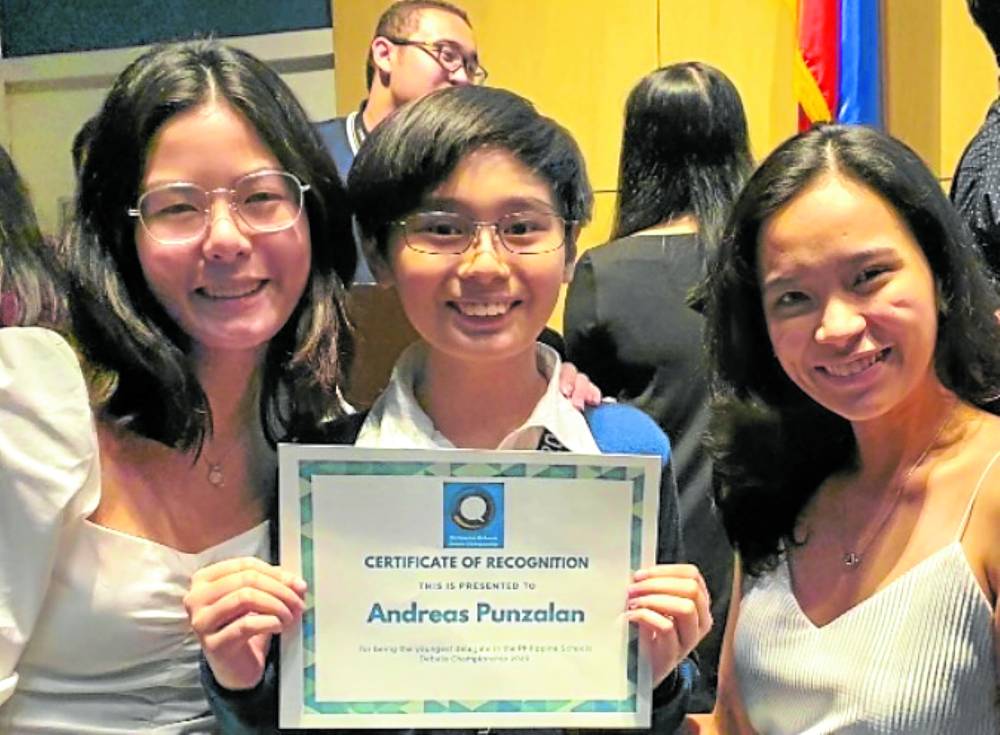
My third-grader Jack had only an hour’s final exam for Math left before school was called off, while my preschooler Juno’s classes end late April. Everyone was thrown for a loop, but during these uncertain times, it’s usually the moms who must add the impact to their mental load.
“The consequences of COVID-19 are already gendered,” wrote Jessica Valenti in Medium. “It’s still women who do the majority of care work—whether they work outside the home or not.”
She added that women are most likely the ones ensuring the family has disinfectants and a stocked pantry. “It’s women who usually have the most contact with children and elderly parents and who go to the store to do the shopping. Right now, the virus is more deadly for men who contract it, but we need to consider how women’s caretaking can spread the disease.”
But the suddenness of it all also comes with valuable lessons in preparation, flexibility and resilience.
Living in our calamity-centric country, those who have the means should always have go-bags and emergency kits anyway; if it isn’t a virus, it’s an earthquake, volcanic eruption or flood.
Just like nervous flyers who scrutinize flight attendants’ faces for any crack of composure during turbulence, our children look to us for guidance, reassurance and protection. We need to channel confidence through this New Normal.
Child psychologist Maria Teresa Gustilo Villasor stresses the CPR of childhood: Consistency, Predictability and Routine.
With the kids having to stay at home indefinitely, we stick to a comfortable routine—work before play, with break time in between, just like in school. They get to sleep a bit longer, but bedtime remains constant to protect their immune systems.
While my son’s school has online learning resources, I’ve had to pick up my daughter’s workbooks from hers. Here are some activities and resources you may want to try at home to battle cabin fever.
Digital
Math: KooBits (https://www.koobits.com/). This program teaches Singapore Math. I really like how it approaches math anxiety by addressing the fear of not being familiar with a new method and turning it into confidence. The motivation to do it daily are the games. You get 10 daily challenge questions, but you also can have up to three peer challenges and other self-test problems, all customizable to whatever it is they are tackling in school. The discipline of doing it daily strengthens one’s math foundation into eventual mastery. Cost: P800/year through the school or US$8/month online.
Filipino: Buribooks (https://buribooks.com/). This app gives you unlimited online access to a library of over 200 children’s books in Filipino by Adarna House, with reviewers for Grades 1-6. The user experience had been buggy (when accessing via phone, tablet or computer), but it’s improving. The physical books are also available for sale in bookstores. Cost: Included in our school’s fee; P199/month online (first month is free).
Reading: Scholastic Literacy Pro (https://scholastic.asia/en/scholastic-learning-zone). LitPro is an online reading assessment and independent reading management program, the high-tech version of Gen X’s SRA Reading Lab (Science Reading Associates). You first take a test to find out your reading level (lexile). Next, you get to choose genres or topics you like to read, then you get shown titles in your lexile range. For every story read, you answer a quiz right after to check your comprehension. In school, you get a button for every 20 books read; two Scholastic books for every 40 books read. The class with the highest number of books read gets a pizza party, but my son’s teacher Ms Christine gives popular incentives like pan de sal. Cost: Included in our school’s fee; sign up for a free 30-day trial.
Reading and Math: Reading Eggs (https://readingeggs.com/). This is a great customizable program for both reading (Reading Eggspress) and Math (Math Seeds) for children 2-13 years old. Both my kids have used this app over the years and they enjoy it immensely because of the depth and breadth of content and games that make learning fun. Cost: $9.95/month (2-4 week free trial).
Science: Mystery Doug (https://mysterydoug.com/). Both my kids look forward to watching five-minute videos from Mystery Doug, a weekly video series with interactive content for elementary science. They get to vote from three popular questions that Doug will answer next week, such as, “How do germs get inside your body?” and “How is plastic made?” Cost: free, with paid premium access.
Music: Hoffman Academy (https://www.hoffmanacademy.com/). While Jingle songhits were all we needed to learn chords back in the day, YouTube has lots of tutorials for all instruments. But we like the structure Mr. Hoffman provides in his online piano school. Cost: free, paid premium access to games, worksheets, practice tracks and sheet music at $179/yr.
Revisiting classic games
P.E.: Retro games. Aside from piko (hopscotch), other fun, weight-bearing cardio workouts kids can play indoors are classic ‘80s jumping games 10-20 and Chinese garter. Having been an only child for a while, I would loop a garter around our dining room chairs to practice my 10-20 jumps. Of course that led to many a broken chair top, so having siblings or other “safe” playmates is best. Leaping over the Chinese garter (with the requisite flourish) also requires at least two other players. Cost: chalk or tape for piko, about P20 for the garter.
Home Economics: Baking/cooking. Bring out the metal and plastic measuring cups, bowls and spoons! This needs adult supervision, but also provides happy memories and stimulates a love for scientific experiments. Children as young as three can mix and make their own mug cakes, cut out cookies, roll out their own pizzas, assemble salads, ice cupcakes and decorate donuts.
Art: Invitation to play. I just leave out a bunch of odds and ends like cardboard, paper, glue, coloring materials, paint, clay, tape and scissors, and my kids are entertained with making their own creations for several minutes. Mixing it up with new media like felt paper and oil pastels keeps it exciting. Older children can also learn from art demos on YouTube. Posemaniacs (https://www.posemaniacs.com/) is a useful resource for studying anatomy and perspective.







































